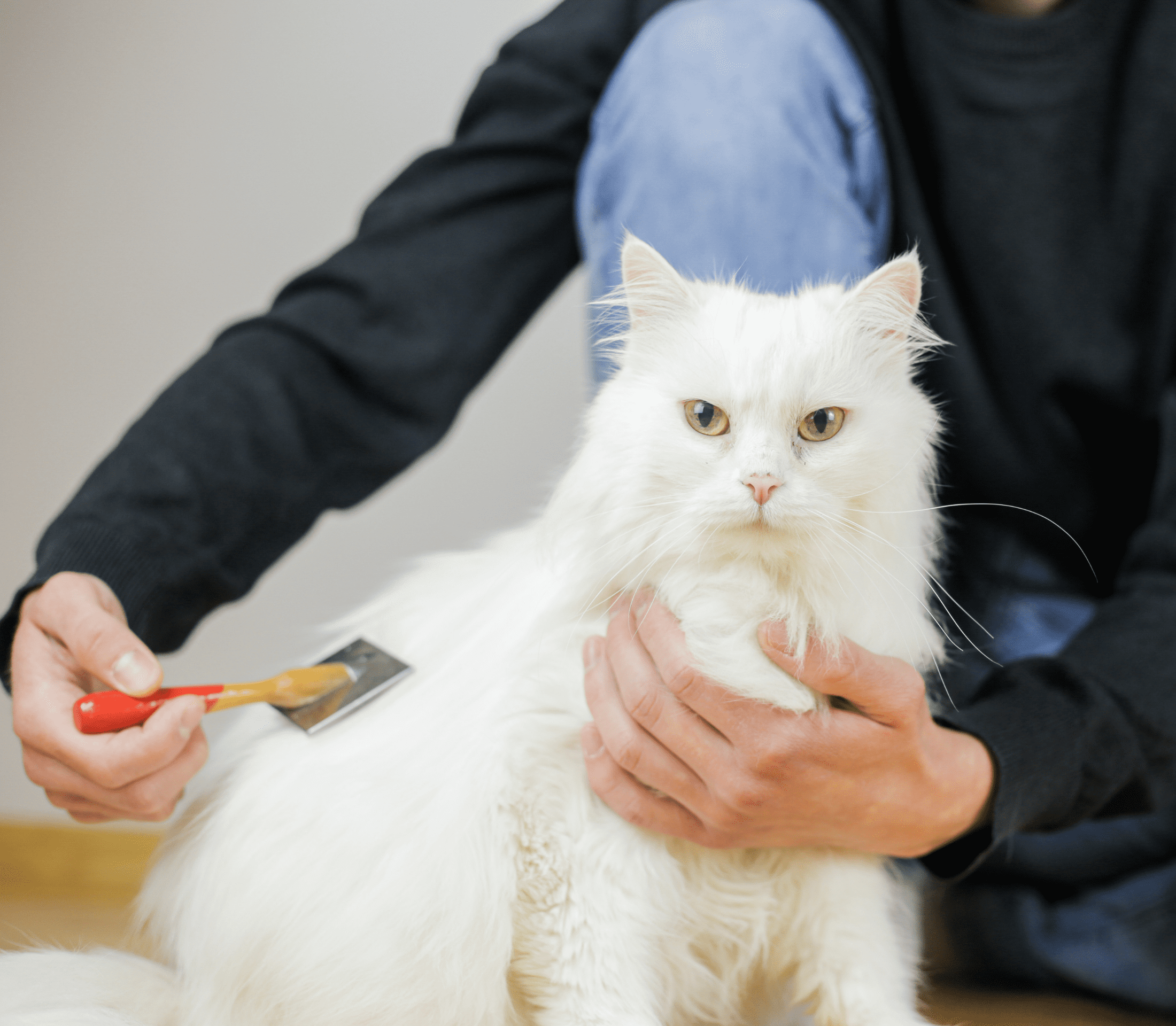Microchipping Your Pet
May is National Pet Chip Month. While people’s pet care regimes may differ slightly, this is one thing that all our furry pals can benefit from. By microchipping your pet, you can significantly improve the likelihood of being reunited with your animal companion in the event that they become separated from you. A nearby Burnsville, MN veterinarian provides tips on microchipping your pet in this article.
What Are Pet Microchips?
A microchip is essentially an implanted ID tag. It usually sits slightly beneath the skin, in between the shoulder blades, in dogs and cats. These form a permanent link between you and your furry best friend. Think of it as an invisible string, connecting you.
How Does the Microchipping Procedure Work?
The vet will implant the chip beneath your pet’s skin using a hypodermic needle. This is often done at the same time as neutering or spaying. That is logical because the animal is sedated and at the clinic already. However you can also schedule it on its own. See your veterinarian for further details.
Is It Painful To Undergo Microchipping?
No, it isn’t. This is a very easy and fast process. For Fido and Fluffy, it’s similar to getting a shot. Recuperation time won’t be a concern, either: a nap, a treat, and an ear scritch should cover it. Of course, if your pet is also getting fixed, they will need to recover from that.
How Much Time Does My Pet’s Microchip Last?
Microchips have a 25-year lifespan, on average. That is far more time than a dog or cat would typically live. Individuals who own animals with extended lifespans—like birds—might eventually need to purchase new chips.
Can Phones Scan Them?
No. This is unlikely to change, as phone technology is ultimately incompatible with microchips.
How Are Pet Microchips Operated?
The technology used in microchips is called passive radio-frequency identification, or RFID technology. The microchip, often referred to as a transponder or a PIT (passive transponder tag), is inactive. The chips—which are about the size of a grain of rice—remain dormant—until they are scanned by a specific device. The low-frequency radio waves emitted by these scanners trigger the chip to transmit that special ID number, which will then appear on the device’s screen.
Can a Microchip Help Me Track My Pet?
Unfortunately, no. GPS positioning is not a feature of microchips. The power supply is the obstacle in this case. This is probably not going to change unless researchers discover a way to harness the energy of Fluffy’s purrs and Fido’s tail wags to power a microchip.
On the other hand, there is a fantastic new product available: the GPS tag for your pets. But before making a purchase, you should consider your options, as products vary greatly. Things to look over include waterproofing capability, technology employed, battery life, range, and subscription costs. For instance, while some of these gadgets use wi-fi, others use satellite technology. That being said, many pet owners have already used these to help them find their wayward pets.
What If My Microchipped Pet Is Stolen?
This is one of the main justifications for microchipping’s significance. Microchips are one of the most reliable forms of ownership proof, and can be used in legal proceedings. Furthermore, unlike collars, they can’t be easily removed.
Does My Pet’s Microchip Need To Be Maintained?
No. For the most part, microchips are inactive. They don’t require updates or upkeep, and you don’t have to worry about system upgrades.
However, you might wish to have your pet’s veterinarian check it at routine checkups, to make sure the chip is still functional and hasn’t slipped.
Maintaining up-to-date records for your pet is also crucial.
Will I Have To Pay A Subscription Fee?
Certain companies do provide fee-based solutions. There are, nonetheless, a lot of locations that provide a one-time, lifetime fee. See your Burnsville, MN veterinarian for further details.
What Should I Do After My Pet Has Been Microchipped?
You will be required to complete the chipmaker’s registry. It’s important to do this! The chip will be rendered useless if your contact information is either obsolete or absent.
Additionally, it’s critical that you keep this in mind if you relocate or change your contact details.
Why Is My Pet’s Microchipping Important?
Microchips provide a lifeline between you and your cherished animal companion. Although the thought of Fido and Fluffy going missing is unsettling for many, it actually occurs far more frequently than you may imagine. In actuality, around one in three pets get lost at least once in their lives.
Many people believe that because their pets are devoted and affectionate, they won’t ever run away. Sadly, that is untrue. Pets can flee quickly if they get scared. Accidents like a meter reader leaving a gate open are also fairly common. After New Year’s Eve and July 4th, when many pets flee from the noise and fireworks, there is typically a significant rise in reports of lost pets.
What Is The Data On Microchips?
The statistics on lost animals are very alarming. A recent Ohio State University study provided some clarification on this subject.
- 73% of microchipped stray dog and cat owners were reached.
- That broke down to 74% of dog owners and 63.5% of cat owners.
- With 61% of cats and 76% of dogs, the owners wanted their pets returned home.
- Compared to all stray dogs, microchipped dogs had a 2.4-fold higher owner return rate (52.2% vs. 21.9%).
- The likelihood of microchipped cats returning home was 21.4 times higher than that of unchipped cats (38.5% vs. 1.8%).
- When owners could not be located, it was usually due to wrong or disconnected phone numbers. That was the outcome in about 35.4% of the cases that were tracked. A further 24% of the owners did not answer their calls or correspondence.
- Ten percent or so of the chips were unregistered, and seventeen percent were registered in a database that wasn’t the chipmakers’.
What Additional Benefits Do Microchips Offer?
Although microchips are not GPS-compatible, certain items can be linked to them. Pet doors are one option. Your furry best friend can come and go as they want in a fenced-in yard, and you won’t have to worry about a raccoon getting into your living room. You can also get covered dishes that only unlock for a specific chip. This is useful if you have several pets, some of which require specific diet food.
Which Other Pets Have Microchips?
While many other animals can also have chips, dogs and cats are the ones who get chipped most frequently. Ferrets, tortoises, birds, horses, and reptiles are also often chipped.
Do ID Tags Still Matter?
Without a doubt! In many countries, these are currently mandated by legislation. They’re still important, even if you reside somewhere where they’re not required. If someone finds your furry friend, this is actually the simplest way for them to get in touch with you. As an added incentive for consumers to return them, we advise adding the word REWARD to the tag.
Make An Appointment With Your Burnsville, MN Pet Clinic
Do you need to make an appointment for your pet? Has your animal companion not visited the vet in a while? Call us, your Burnsville, MN veterinarian, today!



